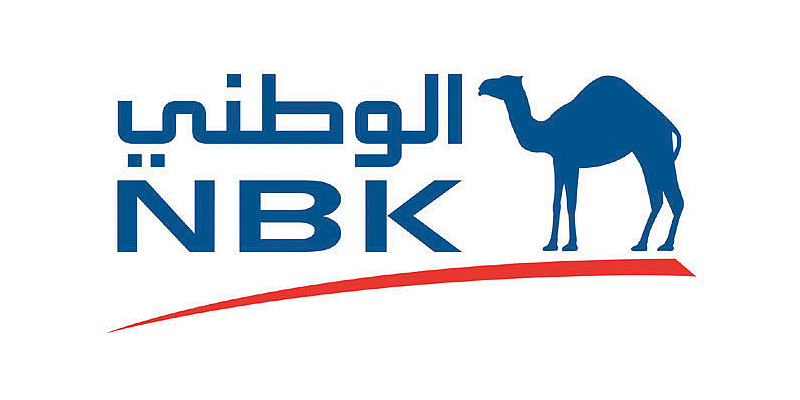Net outflows from financial account edge lower
KUWAIT: Recently published preliminary estimates of Kuwait's current account (CA) balance in the first quarter of the year show the country's surplus widening slightly by KD 167 million to almost KD 2 billion (KD 1.998 billion, or 19.5 percent of GDP) compared to KD 1.8 billion (16.9 percent of GDP) in 4Q18.
The improvement in 1Q19 was driven by an increase in the income balance, which rose 48 percent q/q to KD 1.9 billion, mainly due to higher returns (KD 818 million vs. KD 482 million in 4Q18) on overseas investments. Direct and other investment income also increased, helping total investment income rise to KD2.1 billion (+41.5 percent q/q).
Kuwait's trade balance, the difference between exports and imports of goods, fell to KD2.7bn (-13 percent q/q), or 26.7 percent of GDP, which is the lowest since 4Q17 and the third consecutive quarterly decrease. Movements in the trade balance are largely a function of movements in the oil price, given that oil exports account for almost 91 percent of total exports. The downward movement in oil export revenues q/q in 1Q19 roughly tracked the downward trajectory in oil prices (KEC) (avg of $62.9 in 1Q19 vs. $67.1/bbl in 4Q18). However, the drop in oil exports (-9.3 percent q/q) to KD 4.5 billion was steeper than the drop in oil prices (-6.2 percent q/q) owing to the fact that crude oil exports were down due to the OPEC+ production cuts. Oil exports as a share of GDP was 44.2 percent in 1Q19. The value of non-oil exports was almost the same quarter-on-quarter at around KD 449 million; as a share of total exports, they did rise slightly to 9 percent from 8.2 percent in the previous quarter.
Imports, meanwhile, fell for the second consecutive quarter, by 2.4 percent q/q, to KD 2.2 billion. The fact that imports declined in the first quarter of the year when they may have been expected to rise given that economic growth looked to have picked up (according to preliminary official data) could perhaps be explained by the appreciation of the Kuwaiti dinar (KD) against the currencies of Kuwait's main trading partners.
Regarding the financial account (usually aggregated with the capital account), net outflows decreased in 1Q19 to KD 831 million from KD 2.4 billion in the previous quarter (and KD 992 million in 1Q18). This was due to a sizeable reversal in resident direct investment abroad; Kuwait traditionally records a debit (outflow) in this category, but in 1Q19 this figure turned to a positive KD 1.64 billion, indicating a repatriation of resident capital from overseas. This drawdown could be due to the sale of some direct investments abroad by the private sector, perhaps with a view to searching out more lucrative domestic investment opportunities, such as in the local stock market following upgrades of Boursa Kuwait to emerging market status by FTSE, S&P and, in 2020, by MSCI. More likely, however, is the inflow a result of drawdowns in the overseas General Reserve Fund (GRF) for the purpose of financing domestic spending.
There was also, for the third quarter in a row, a repatriation of foreign-held assets, with overseas residents liquidating about KD 23 million of domestic foreign direct investments (FDI) in Kuwait in 1Q19.
Net portfolio investment by Kuwaitis overseas resumed in 1Q19 (KD 360 million), following the previous quarter's substantial decline of KD 4.4 billion. That divestment by Kuwaitis overseas was in both foreign equities and bonds. KD 33.5 million worth of Kuwaiti equity portfolio investments were purchased by foreigners in 1Q19, compared to just KD 4 million in the previous quarter. This was offset by KD 19 million worth of debt securities offloaded by foreigners, so Kuwait's foreign liabilities increased by KD14 million net.
Official reserves
Official reserves of the Central Bank of Kuwait (CBK) were about $37.9 billion in June (-0.3 percent y/y), falling noticeably from the previous month. Excluding KIA's foreign holdings, estimated at about $600 billion, CBK's official reserves covered just under 8 months of Kuwait's goods and services imports.
NBK ECONOMIC REPORT










